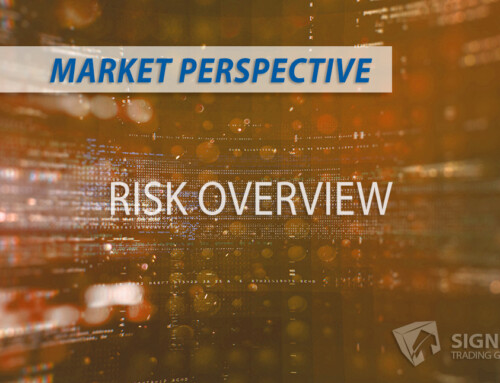The Flash Crash Meltdown
In May 2010, the stock market experienced an infamous event known as the Flash Crash, which resulted in a sudden and dramatic loss of billions of dollars within minutes. Navinder Singh Sarao, a futures trader in London, played a central role in this disaster. Sarao ultimately admitted to attempting to manipulate the market through a spoofing technique involving rapidly buying and selling E-Mini S&P Futures contracts on the Chicago Mercantile Exchange (CME). So naturally, this raises the question: how could one trader’s strategy cause widespread chaos throughout the market?
Setting the Stage for the Crash
To grasp the significance of the Flash Crash, it is essential to examine the larger picture. 2010 saw the stock market’s gradual revival from the worldwide financial crisis, rendering it more susceptible to unexpected jolts. In addition, with the rapid evolution of financial technology, traders extensively utilized high-frequency trading (HFT) algorithms, facilitating the swift execution of orders and causing greater instability within the market.
Navinder Singh Sarao: The Mastermind Behind the Flash Crash
Navinder Singh Sarao was a UK-based day trader specializing in trading E-Mini S&P 500 futures contracts. Using a custom-built software program, Sarao developed an algorithm capable of rapidly placing and canceling orders for large numbers of contracts, effectively creating the appearance of high demand for these contracts. This tactic, spoofing, allowed Sarao to manipulate the market and profit from the resulting price changes.
On May 6, 2010, Sarao’s algorithm went into overdrive, placing thousands of sell orders on E-Mini S&P 500 futures contracts and dramatically skewing the perceived supply-and-demand balance in the market. This, in turn, triggered a sharp drop in the contracts’ price – an effect compounded by other high-frequency trading algorithms that automatically began selling their holdings in response to the downward trend.
The Unraveling of the Market
The initial selloff in E-Mini S&P 500 Futures contracts quickly spilled into the broader stock market as panicked traders struggled to understand the sudden drop in asset prices. In just a matter of minutes, the Dow Jones Industrial Average plunged nearly 1,000 points – a staggering decline of almost 9% from its peak.
Thankfully, the market rebounded quickly, and by the end of the trading day, the Dow Jones had recuperated a significant portion of its damages. However, the effects of the Flash Crash were felt worldwide, creating widespread worry among investors and regulators alike and leaving them searching for answers.
The Aftermath
Over the subsequent months, the US Commodity Futures Trading Commission (CFTC) and UK’s Financial Conduct Authority (FCA) conducted a comprehensive investigation, uncovering the extent of Sarao’s illicit trading practices. As a result, in 2016, Sarao confessed to developing the software employed during the Flash Crash and pleaded guilty to federal criminal charges, including wire fraud and spoofing.
The Flash Crash prompted regulators globally to introduce measures to prevent a repeat of the incident. One such step involved the implementation of new regulations that restrict manipulative trading practices, including spoofing. Financial institutions also invested heavily in monitoring systems to identify suspicious trading activities.
Conclusion
The Flash Crash of 2010 serves as a warning to both investors and regulators. The swift progression of financial technology contributed to market instability and manipulative practices, emphasizing the significance of regulatory oversight. Nonetheless, only time can determine whether regulations can prevent another market crash.
As long as traders like Navinder Singh Sarao exist, the risk of another Flash Crash remains – a sobering reminder that financial markets can still be vulnerable to manipulation even in the modern world.




